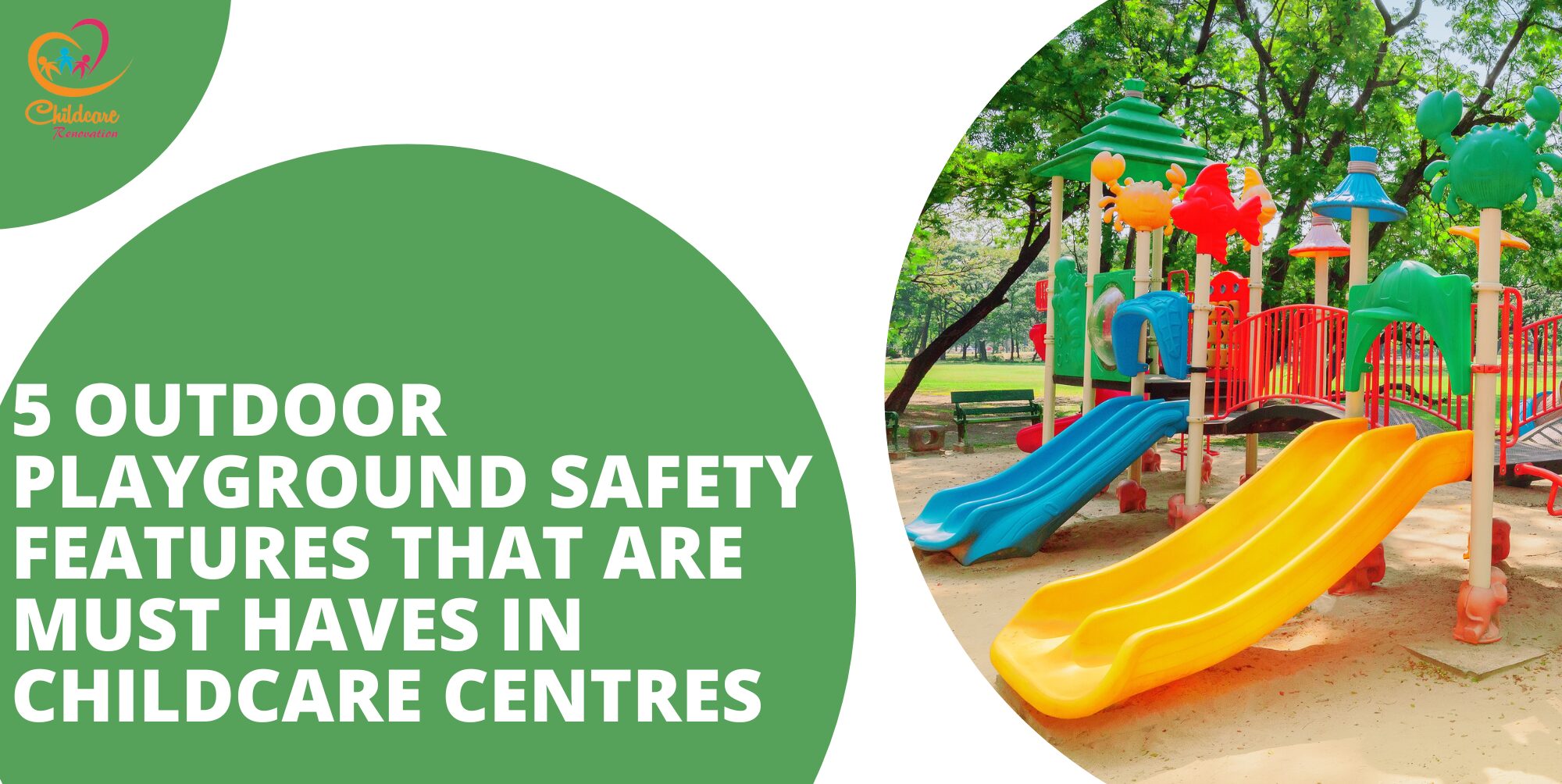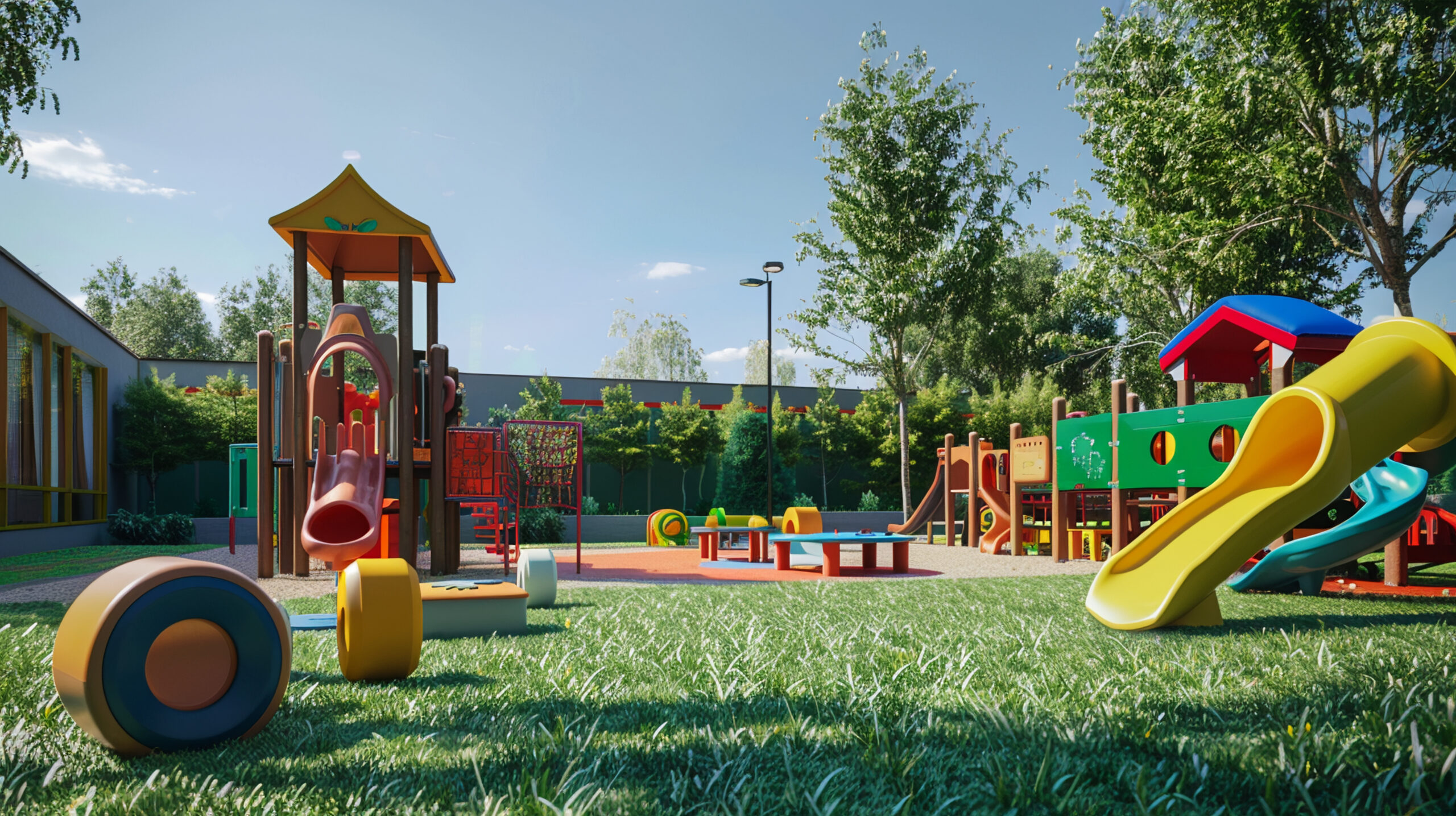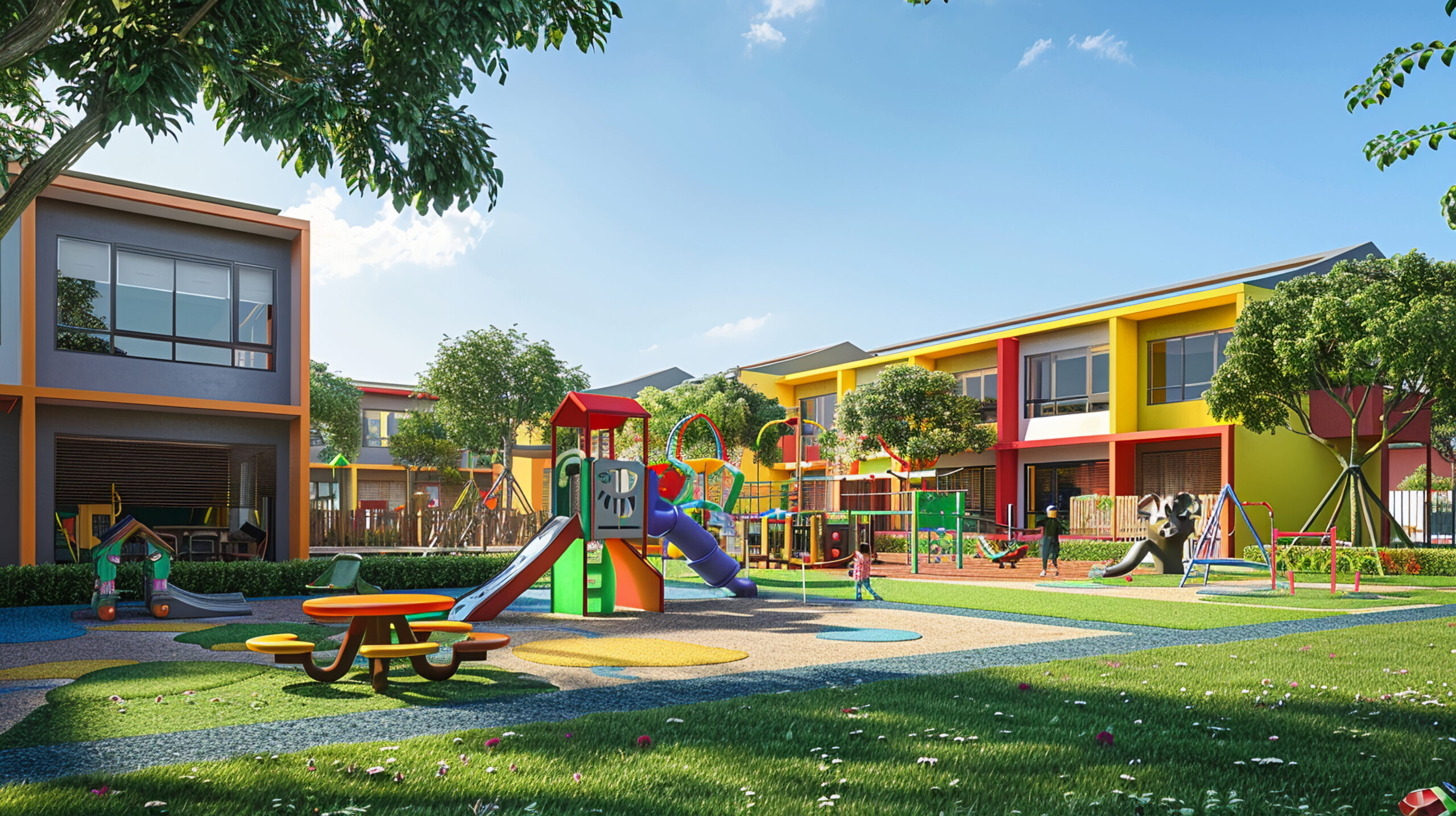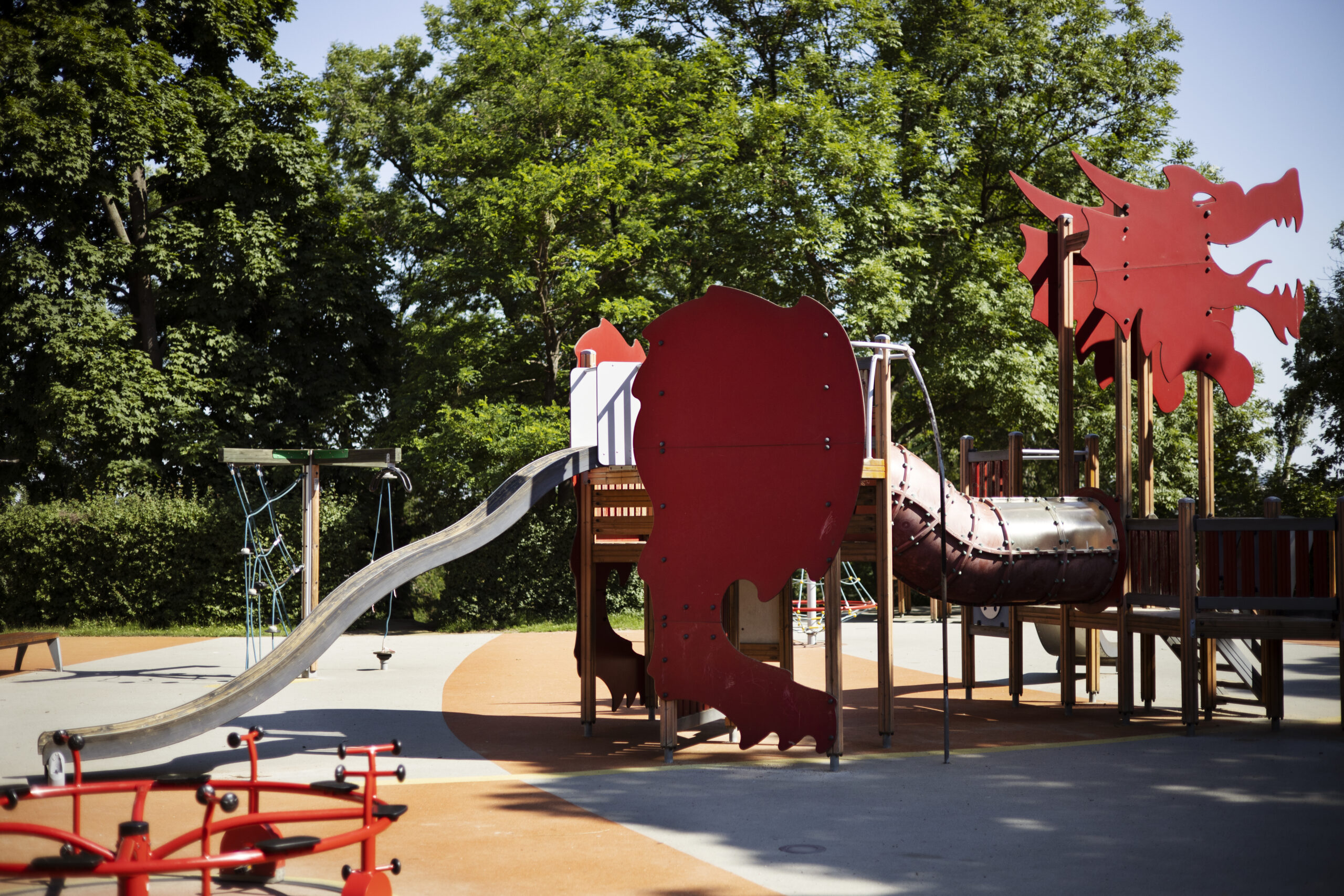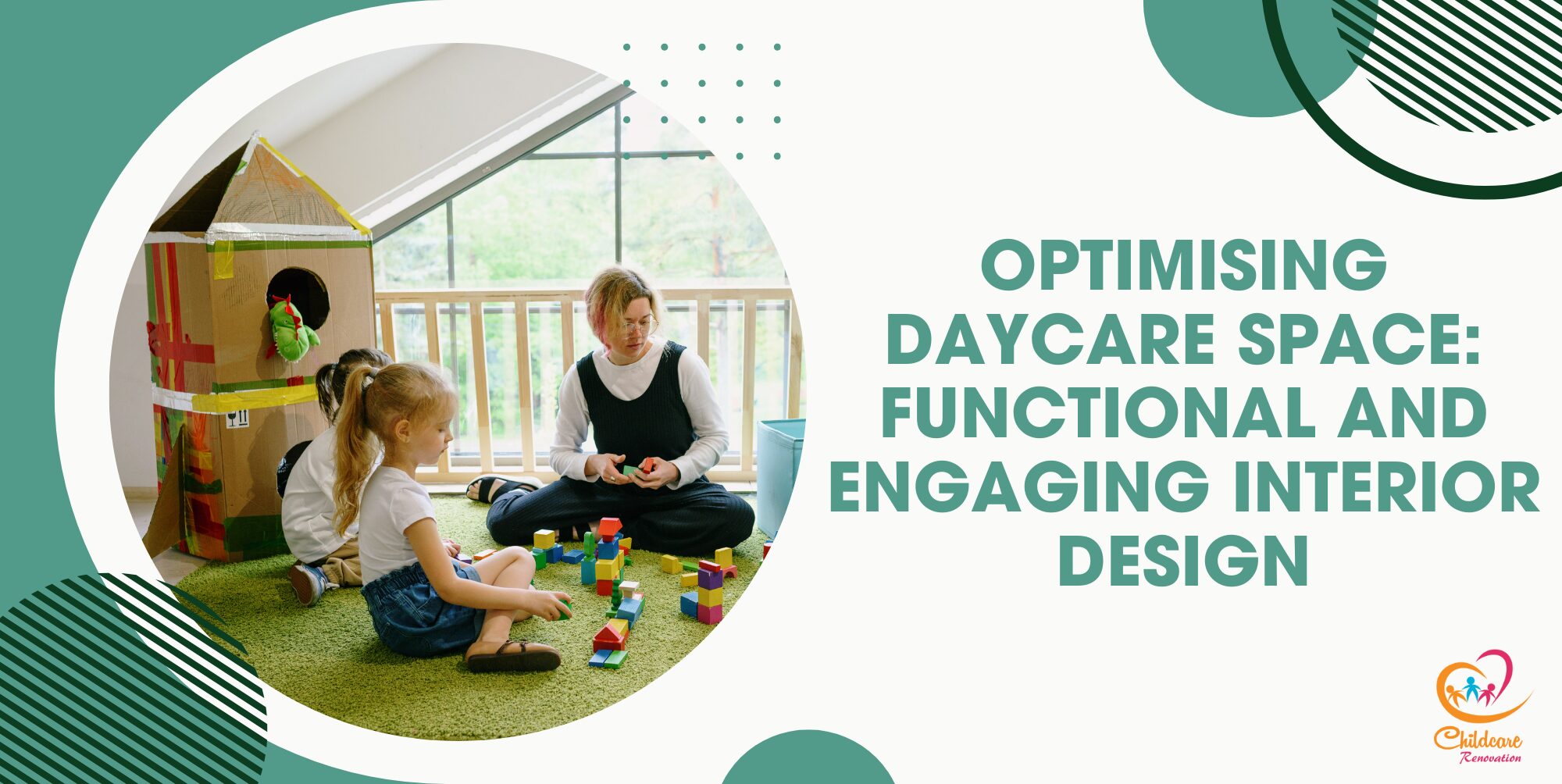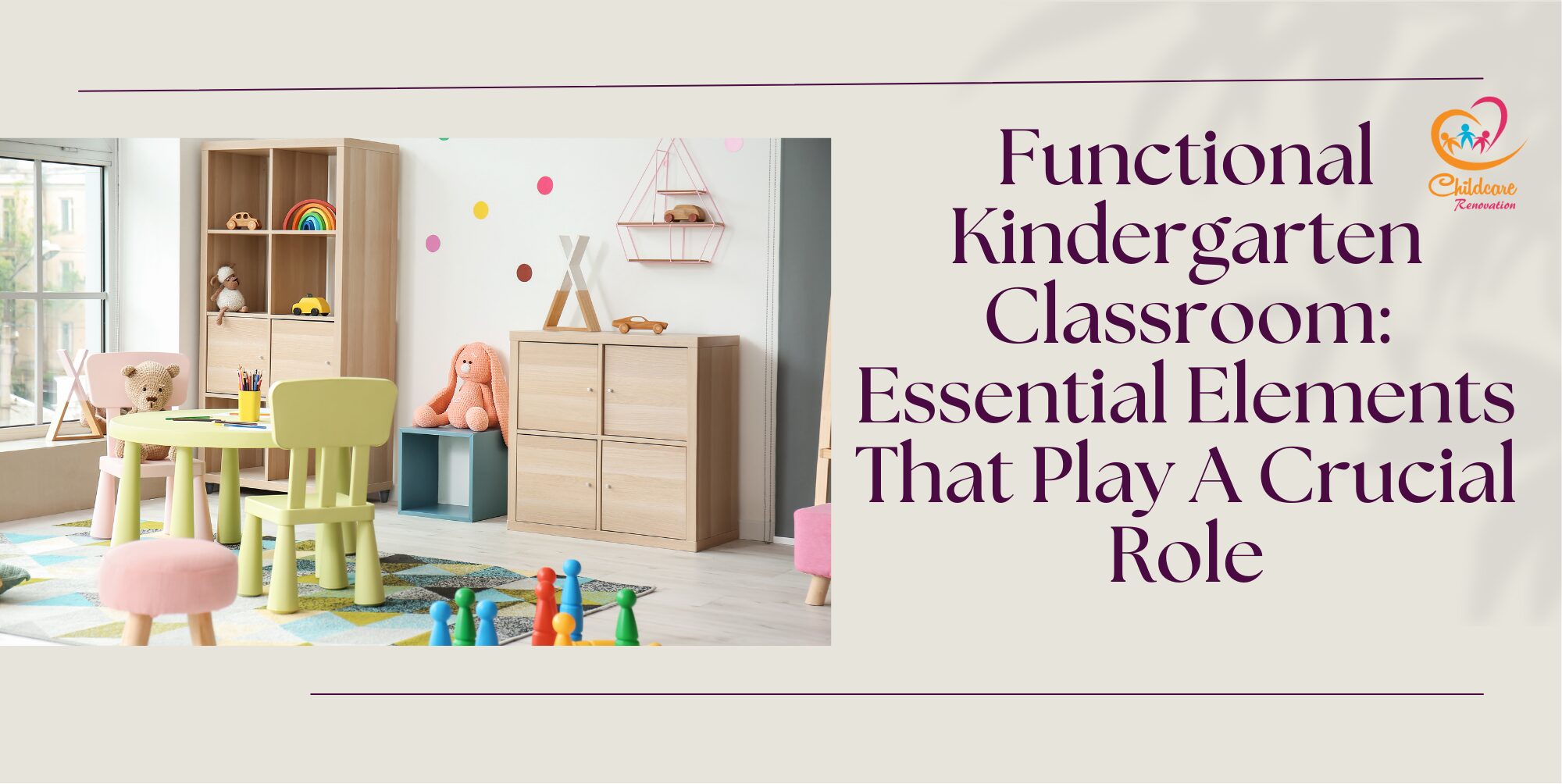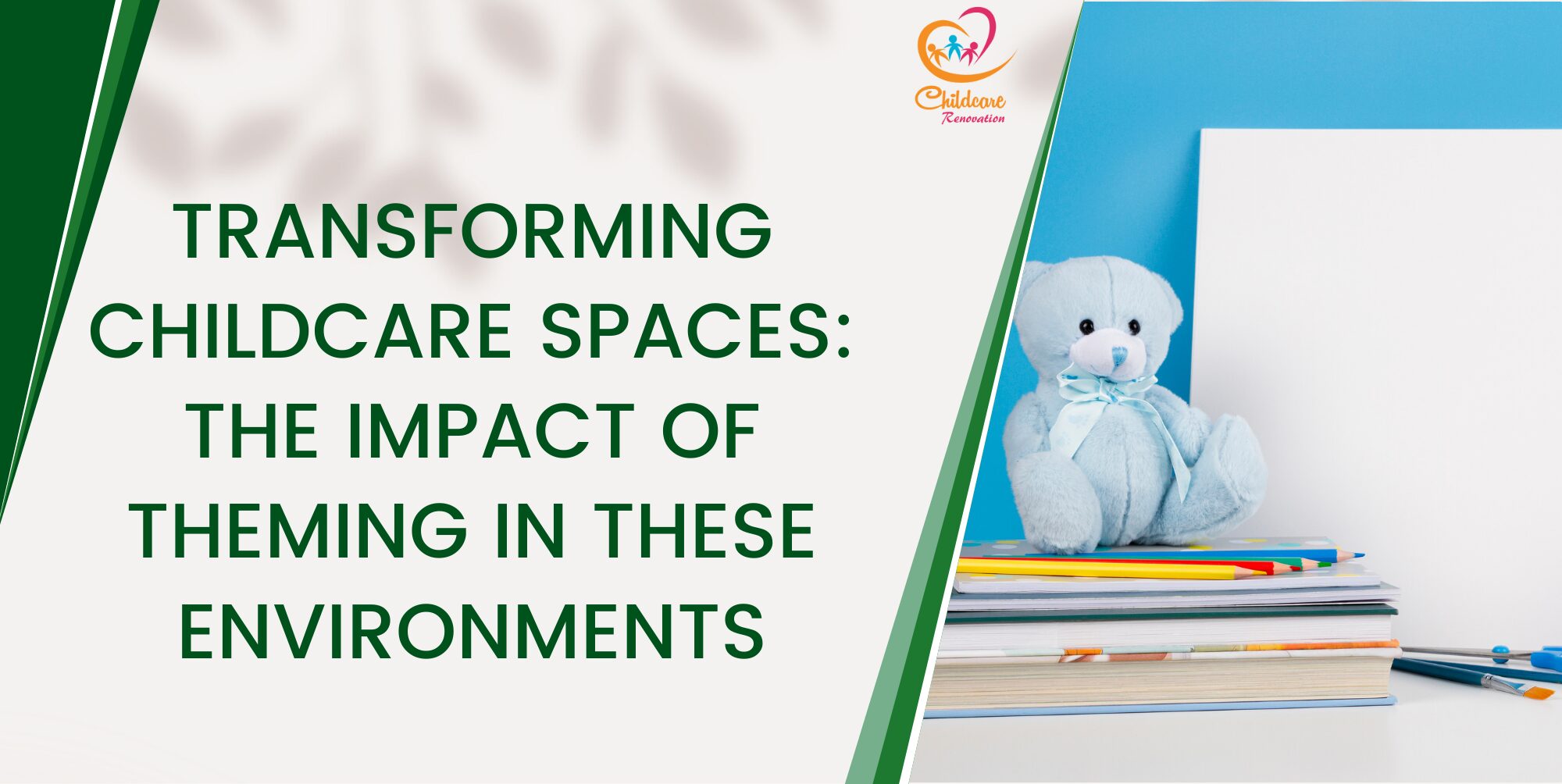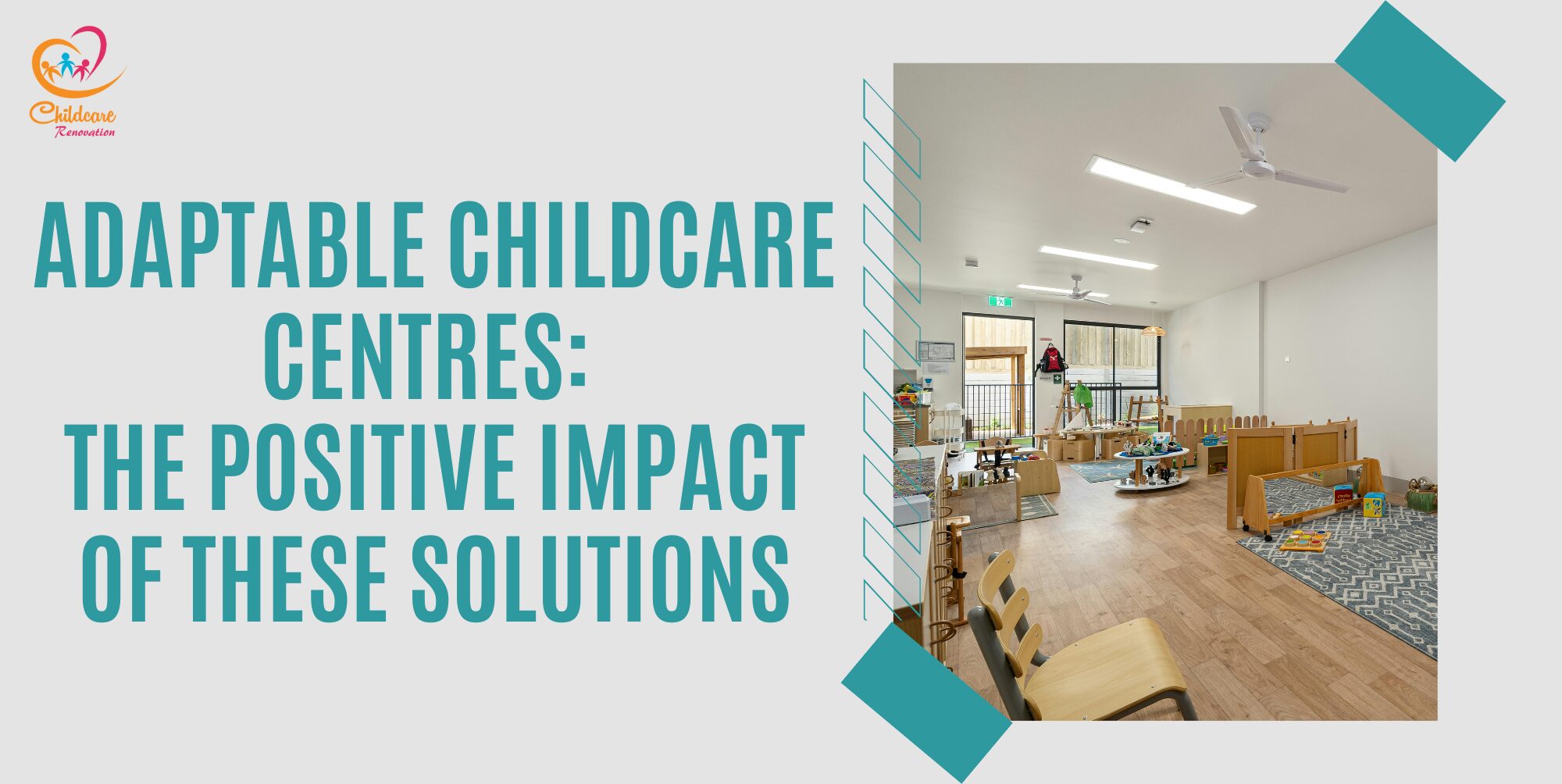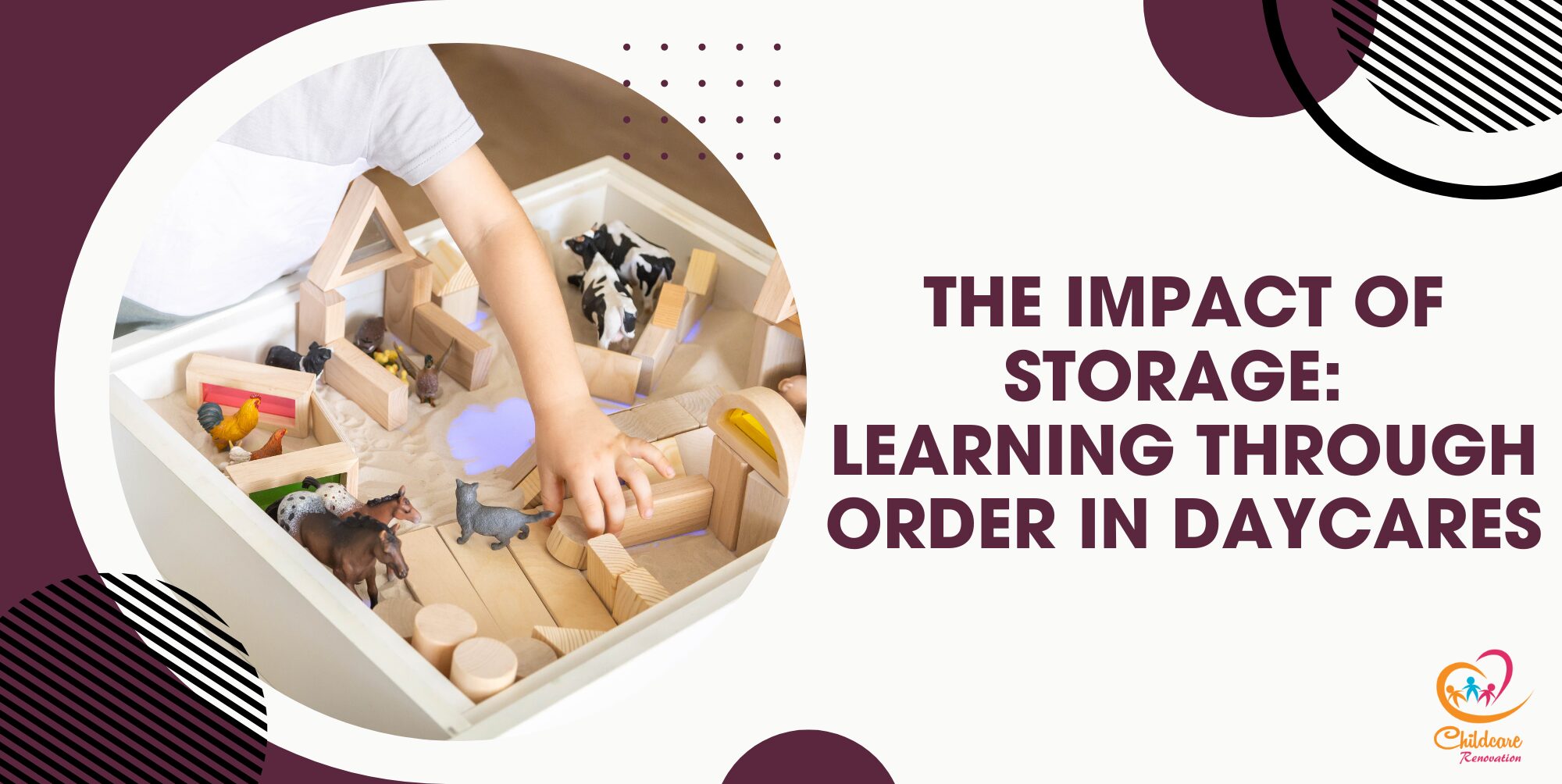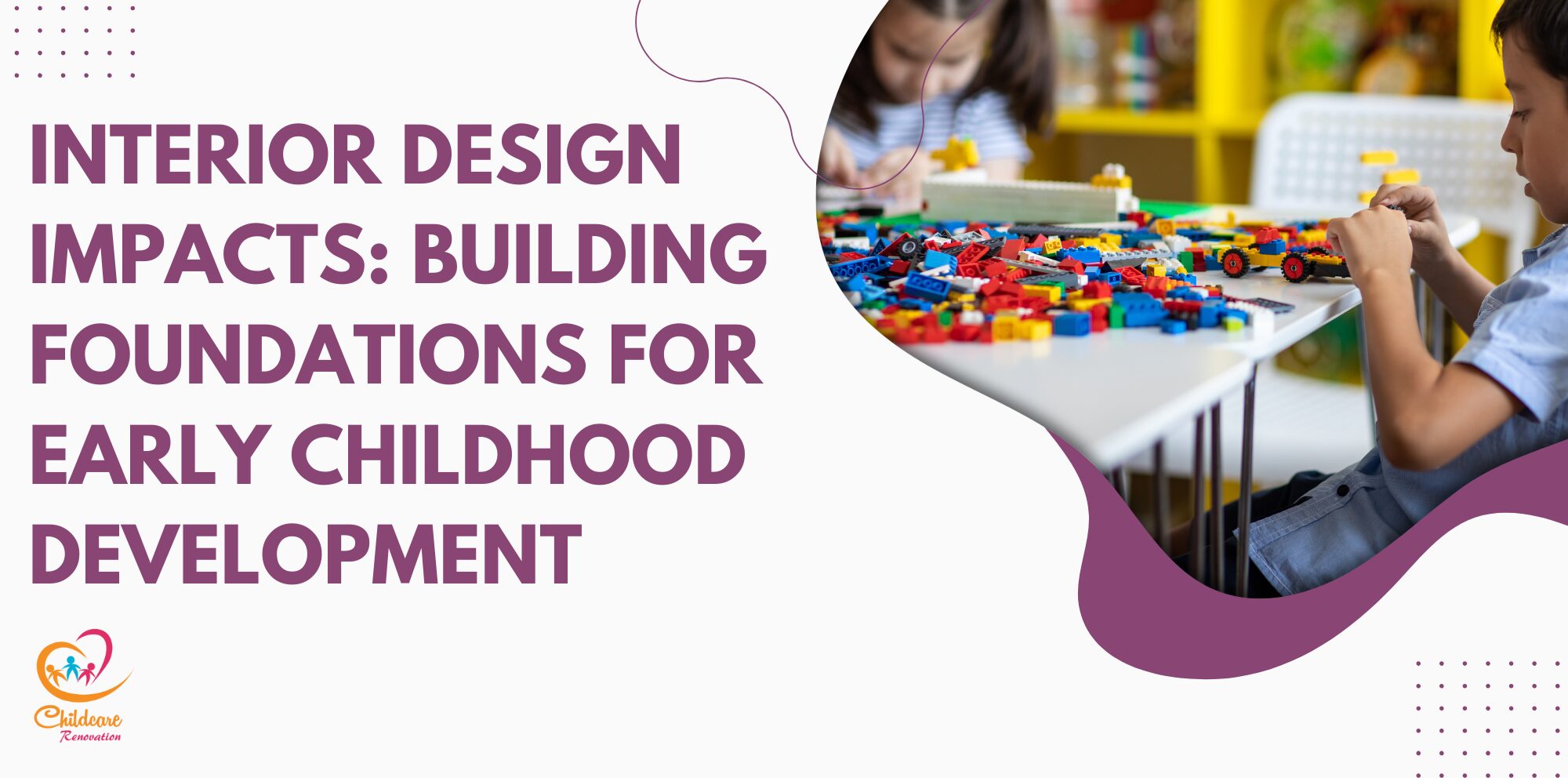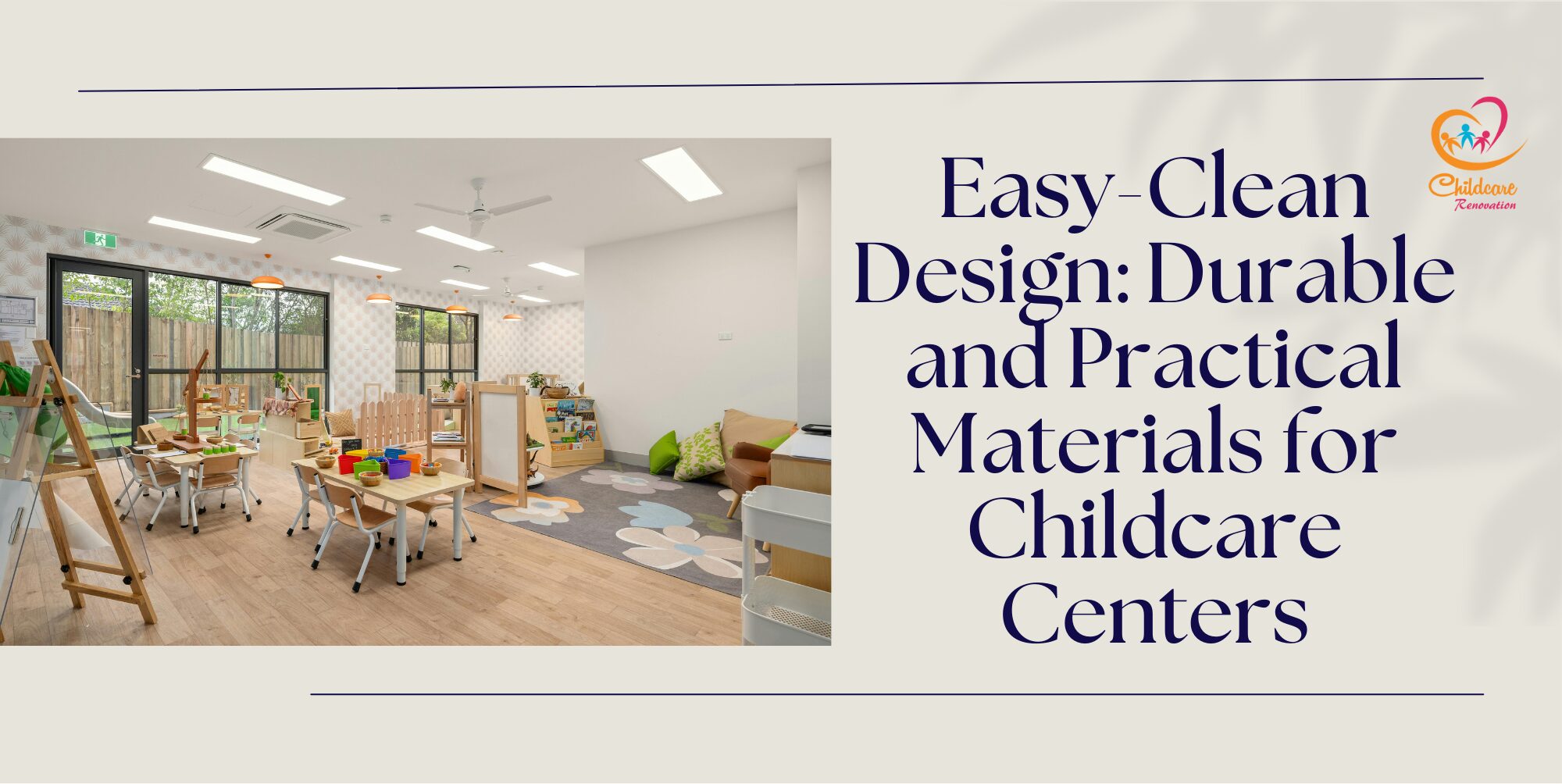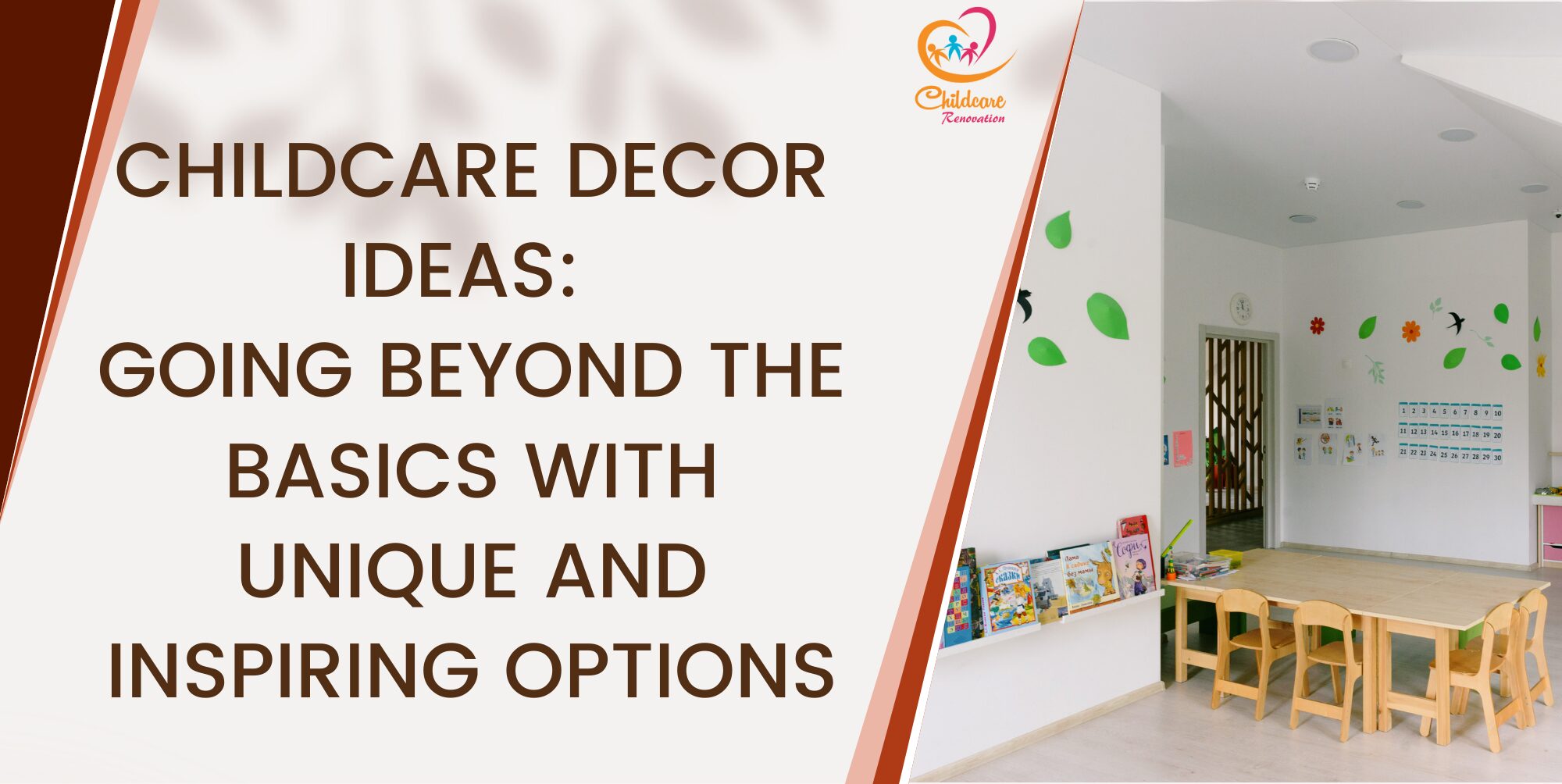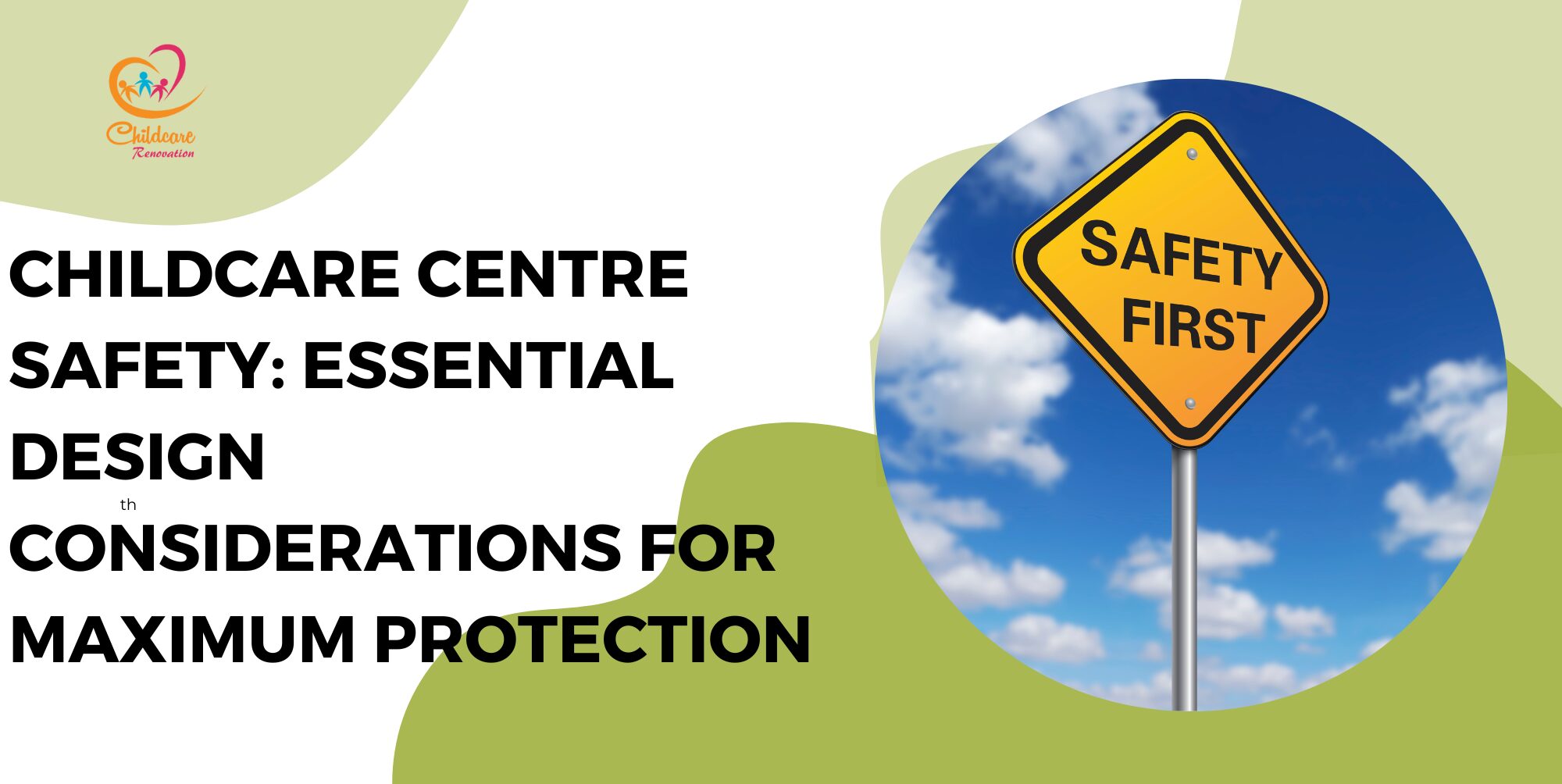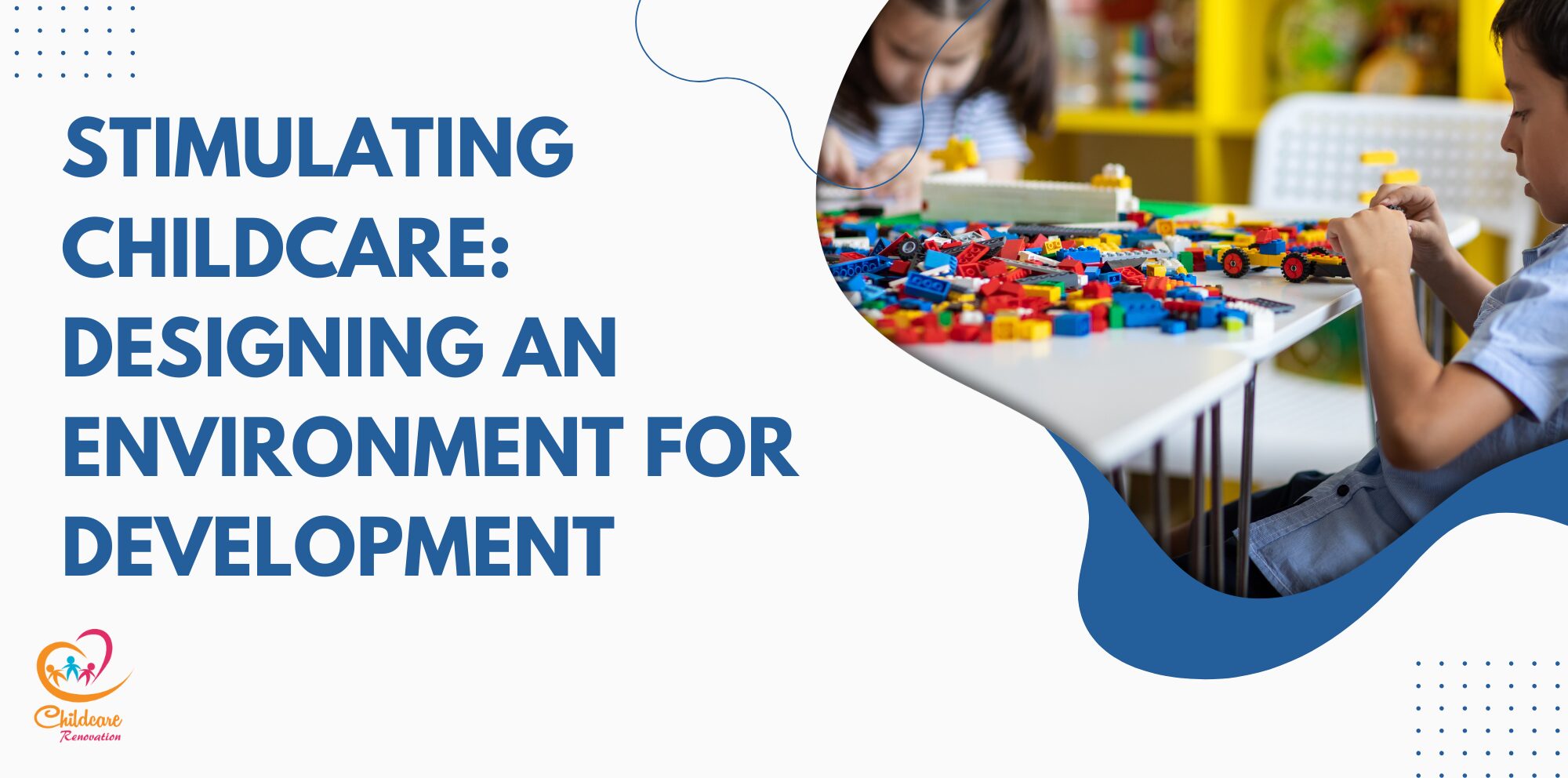Outdoor playground safety is a very important feature that should be followed and given attention to when it comes to ensuring the safety of young children in a childcare centre. Below are 5 key methods in ensuring safety in an outdoor playground.
Outdoor Playground #1: Installing Equipment That Are Appropriate
One aspect regarding childcare playground safety involves age-appropriate equipment that would place children in activities which are appropriate for the developmental capability of the child and reduces injury risks. Zoning off playgrounds by age groups such as infants, toddlers and preschoolers enables safer playgrounds by reducing equipment features to those most suitable for the physical and cognitive abilities of a particular age group.
For instance, toddlers need small slides, easy ramps and low climbers to ensure the building of gross motor development without certain safety compromises. Preschoolers will need the same kind of play areas but present little more challenging structures — short walls to climb, balance beams and simple interactive panels. Besides eliminating the potential for overcrowding and collision, this differentiation also prevents the larger child from using equipment which could be inappropriate for them.
@cozzau Safety Inspector Checking Playgrounds Part 2 #foryou #playground
The age-appropriate equipment should also include features that will enable young children to grasp and climb without straining such as having rounded edges and a non-slip surface with handrails within reach for each age group. Most manufacturers are said to design such structures with height limits to prevent accidents when children fall while making sure they can reach surfaces safely. Careful zoning further allows independent exploration within well-set boundaries which is critical in developing confidence and physical coordination.
Labelling the zones with age indicators helps the staff and children alike to know which area is appropriate; hence, it makes a safer environment through visual cues. Equipment appropriate to age means the childcare providers ensure that an injury is avoided but at the same time maximises the playing experience of the children to build up skills and interaction in a well-defined area safely. Each child is allowed further development of their mastery at their own pace in a satisfying and safe outdoor play experience.
Outdoor Playground #2: Scheduling Proper Maintenance
Regular maintenance is a key factor in outdoor playground safety in childcare settings that ensures sustainability, durability and functionality of equipment and surfaces for active children’s play. The systematic maintenance schedule supports the identification and correction of potential hazards before they become actual hazards for young users.
There are frequent inspections to be carried out for wear and tear on equipment, rust, loose bolts, cracks and splinters on wood surfaces. Damaged or broken equipment should be repaired or replaced immediately to avoid injuries. Surfacing materials like rubber mulch, sand or wood chips also require routine maintenance. More often than not, loose-fill surfacing materials are displaced or compacted over time which reduces their shock-absorbing ability in the event of a fall. Loose-fill surfacing should be redistributed or added to return conditions to optimal cushioning and fall zone protection.
Apart from the equipment, regular cleaning is also very much required in order to maintain hygiene and prevent the accumulation of debris, mud or mould that causes slipping or allergic reactions. Fencing, gates and barriers surrounding the place should be inspected for stability — weakened fencing may allow children to pass outside the play areas. This would also include maintenance with regard to seasonal changes. For instance, leaves that fall during fall cover potential tripping hazards and need to be inspected and cleared away while summer maintenance includes the removal of uncovered, hot metal surfaces that may hurt the children.
Record-keeping of periodic inspections, maintenance carried out and repairs made serves to keep the place organised and enables the centre to ascertain whether any area has been overlooked. In fact, bringing maintenance into playground safety can go a long way in childcare facilities reducing the number of injuries so that children can enjoy uninterrupted outdoor playtime safely.
Outdoor Playground #3: Choosing Proper Flooring Materials
Proper surfaces are one of the important playground safety features for childcare outdoors as it greatly reduces the rate of injuries due to falls. The kind of material a playground surface has can make much difference in providing a safe play environment for children.
Playground surfaces should be shock-absorbing and resilient enough to safely allow the landing of a child when they fall during active playing. Most common surfaces are those that are made of rubber mats, engineered wood fibre, rubber mulch and sand. Although each is cushioned to some degree, they certainly do vary in the level and frequency of their maintenance needs, how long each lasts and in their costs. For example, rubber mats are known to be very durable and guarantee excellent shock absorption. Generally, they tend to be quite expensive to install.
@jellybeanmulch When you go to playgrounds, especially public ones, you must understand the common hazards you may encounter. https://jellybeanrubbermulch.com/public-playground-safety-hazards/ #Playground #OutdoorPlayground #SafetySurface #PlaySafe #JellyBeanRubberMulch #CommonHazards
The engineered wood fibre does provide a rather natural look and it is quite inexpensive but basically due to decomposition, it has to constantly be replenished in order for it to maintain proper depth and effectiveness. Of course over time, the sand can shift and create irregular surfaces that can be dangerous. To provide further prevention, playgrounds are required to have a minimum depth of surfacing material, established by safety standards that accommodates appropriate shock absorption for specific equipment.
In addition, surfaces are required to be installed properly, having a plane level ground plane and further maintained so as not to pose tripping hazards. Regular inspections and maintenance are critical so that playground surfaces in childcare centres are clean and continue to be effective. When appropriate surfacing is prioritised, childcare centres can have a safe and inviting outdoor play area that encourages gross motor activity and exploration while minimising the risk of injury to support children’s development safely.
Outdoor Playground #4: Excellent Layout Planning
Proper setting of playgrounds in childcare settings is one of the important keys in the children’s outdoor playing experiences that minimise the occurrence of accidents. A design should be effective in including zones for various activities where equipment for different age groups is distinctly separated. These separations prevent collisions and allow safe interaction of children of differing physical abilities.
The design also needs to allow for clear pathways and to encourage easy access in and out of the various play areas without a lot of congestion. Equipment should be laid out in such a way that there will be sufficient buffer zones between equipment items and structures to reduce opportunities for injuries from falls and impacts.
Including natural barriers such as landscaping or low fences may better define the play zone without creating obstacles to visibility which allows caregivers to view children from various angles. In addition, placing equipment based on active play types, such as climbing structures, slides and swings involves considering natural surveillance opportunities that can help maximise safety. For instance, placing slides away from high-traffic areas can prevent collisions while children go up or down.
Other critical elements include accessibility — pathways should be wide and clear for children of all abilities. This ensures that all children can access the playground without any discomfort. In addition, using equipment appropriate for the age within their respective zones ensures developmentally appropriate play experiences coupled with increased safety. For example, younger children will have a minimum possibility of sustaining serious injuries from low-level structures with soft edges while the older children’s zones may have more challenging equipment.
After all, a well-designed layout not only ensures safety through risk minimisation but also enriches children’s outdoor play by encouraging exploration and physical activity in a safe environment. By paying attention to layout in playground design, childcare facilities can create spaces that further children’s development while ensuring their safety at play.
Outdoor Playground #5: Ensuring Safety Barriers Are Installed
Safety barriers are crucial in childcare settings and prove to be one of the safety features of the outdoors and playgrounds which provide a protective space for young children while playing outdoors. These barriers can be provided in various forms regarding fencing, guardrails and safety nets to prevent children from running away from the playground area in various ways and keep them safe from potential injuries.
A fence around the playground keeps the children inside and away from dangerous areas such as streets or bodies of water. Gates should be childproof with self-closing and self-latching features in order to maximise security and avoid accidental disclosures.
Aside from a perimeter fence, the installation of guardrails on the high structures of the playground prevents falls. These rails need to be designed concerning the height and size of the equipment for ensuring that children are protected while climbing, sliding or engaging in any other play elements. Besides, the usage of safety nets will shield children from falling in highly elevated areas or in those play zones which may lie along hard surfaces. It is not only that safety barriers provide physical protection but they also create a psychological sense of security, allowing children to explore and confidently engage in gross motor activities.
@bibipew 🇸🇬🚂 NEWEST FREE OUTDOOR PLAYGROUND LOCOMOTIVE STEAM ADVENTURE TECK WHYE VIEW SINGAPORE 新加坡最新免费户外游乐场机车蒸汽冒险 TECK WHYE VIEW #locomotivesteamadventure #teckwhyeview #outdoorplayground #freeoutdoorplayground #trainplayground #teckwhye #新加坡游乐场 #户外游乐场机 #新加坡户外游乐场机 #机车蒸汽冒险 #新加坡最新游乐场 #locomotive
Such barriers also need frequent inspections for efficiency and maintenance. Any source of wear, damage or any signs of instability should be addressed without delay to create a safe play environment. Every childcare setting should have an outdoor playground with much needed safety barriers. Safety barriers would make the activities of children maximally safe by allowing access control, making it impossible for them to fall and by fostering a secure atmosphere where active playing and social interaction among children is instituted as a healthy habit. The more high-quality investment that goes into the safety barriers, the more safe and healthy the outdoor environment will be for the children’s development.
Speak with The Experts
Planning to get started at your kindergarten but have no idea about it?
Childcare Center Renovation Singapore is a reliable company for renovation and interior design. They have about ten years of experience in this field and have a good reputation among customers.
Call us now to get your desired kindergarten design ideas now!

